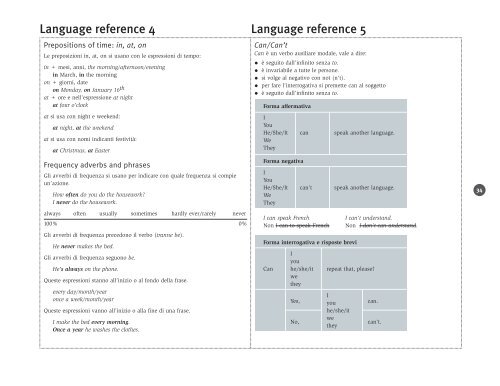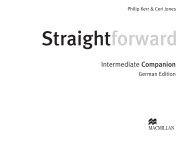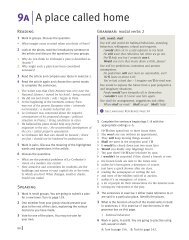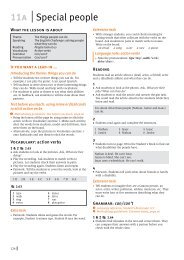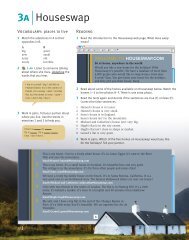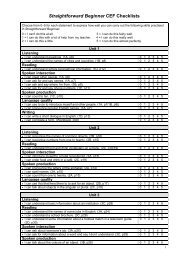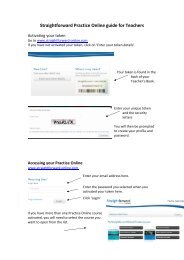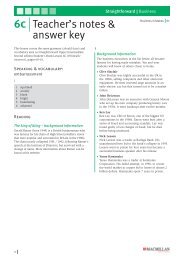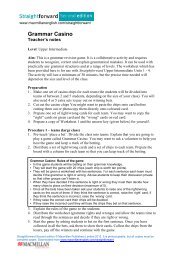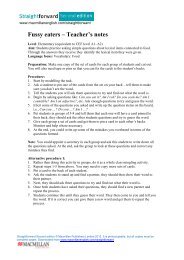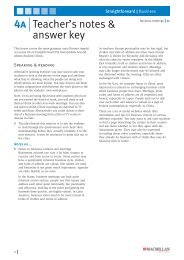Italian - Straightforward
Italian - Straightforward
Italian - Straightforward
- No tags were found...
Create successful ePaper yourself
Turn your PDF publications into a flip-book with our unique Google optimized e-Paper software.
Language reference 4Prepositions of time: in, at, onLe preposizioni in, at, on si usano con le espressioni di tempo:in + mesi, anni, the morning/afternoon/eveningin March, in the morningon + giorni, dateon Monday, on January 16 that + ore e nell’espressione at nightat four o’clockat si usa con night e weekend:at night, at the weekendat si usa con nomi indicanti festività:at Christmas, at EasterFrequency adverbs and phrasesGli avverbi di frequenza si usano per indicare con quale frequenza si compieun’azione.How often do you do the housework?I never do the housework.always often usually sometimes hardly ever/rarely never100% 0%Gli avverbi di frequenza precedono il verbo (tranne be).He never makes the bed.Gli avverbi di frequenza seguono be.He’s always on the phone.Queste espressioni stanno all’inizio o al fondo della frase.every day/month/yearonce a week/month/yearQueste espressioni vanno all’inizio o alla fine di una frase.I make the bed every morning.Once a year he washes the clothes.Language reference 5Can/ Can’tCan è un verbo ausiliare modale, vale a dire:• è seguito dall’infinito senza to.• è invariabile a tutte le persone.• si volge al negativo con not (n’t).• per fare l’interrogativa si premette can al soggetto• è seguito dall’infinito senza to.Forma affermativaIYouHe/She/It can speak another language.WeTheyForma negativaIYouHe/She/It can’t speak another language.WeTheyI can speak FrenchNon I can to speak FrenchForma interrogativa e risposte breviIyouCan he/she/it repeat that, please?wetheyYes,No,Iyouhe/she/itwetheyI can’t understand.Non I don’t can understand.can.can’t.34


